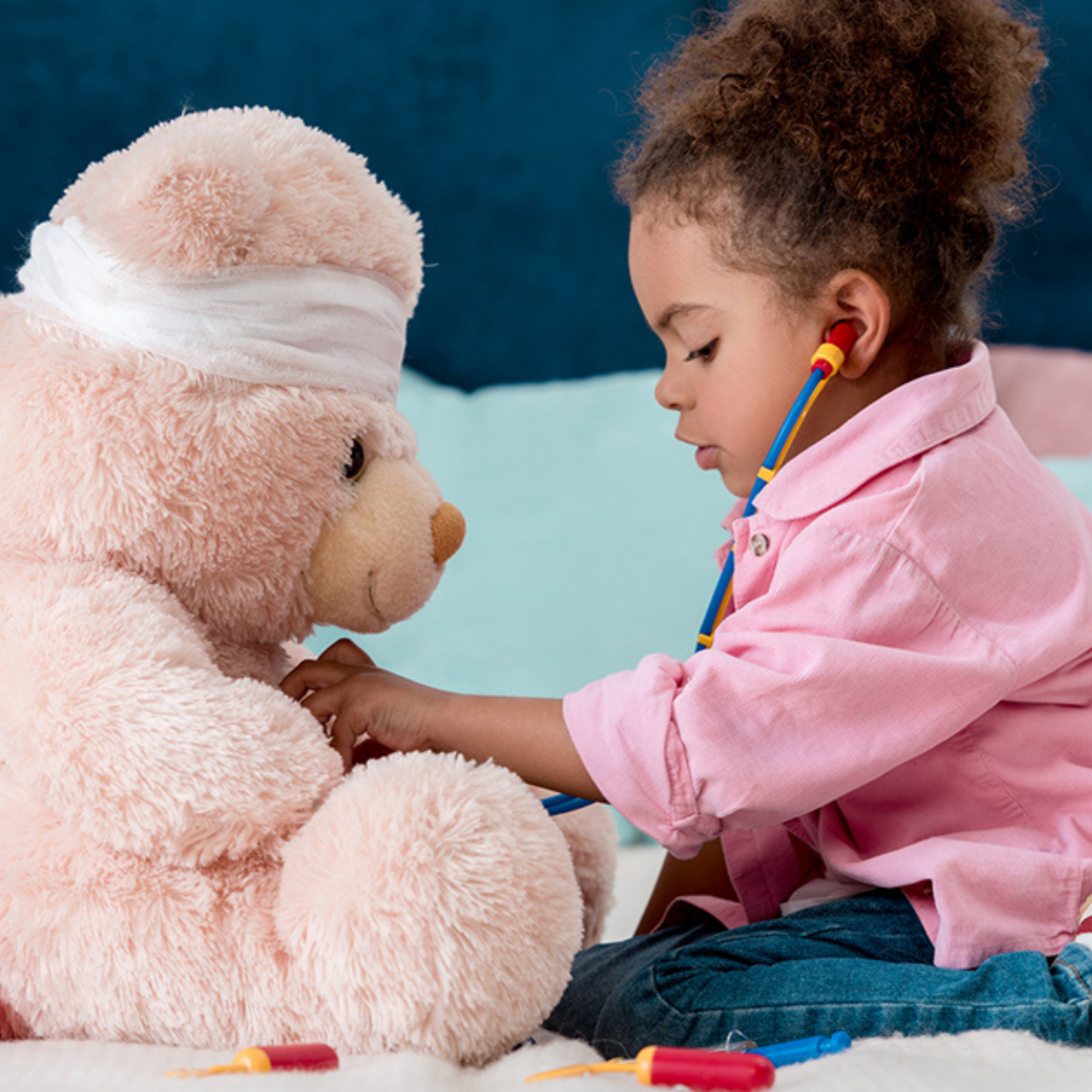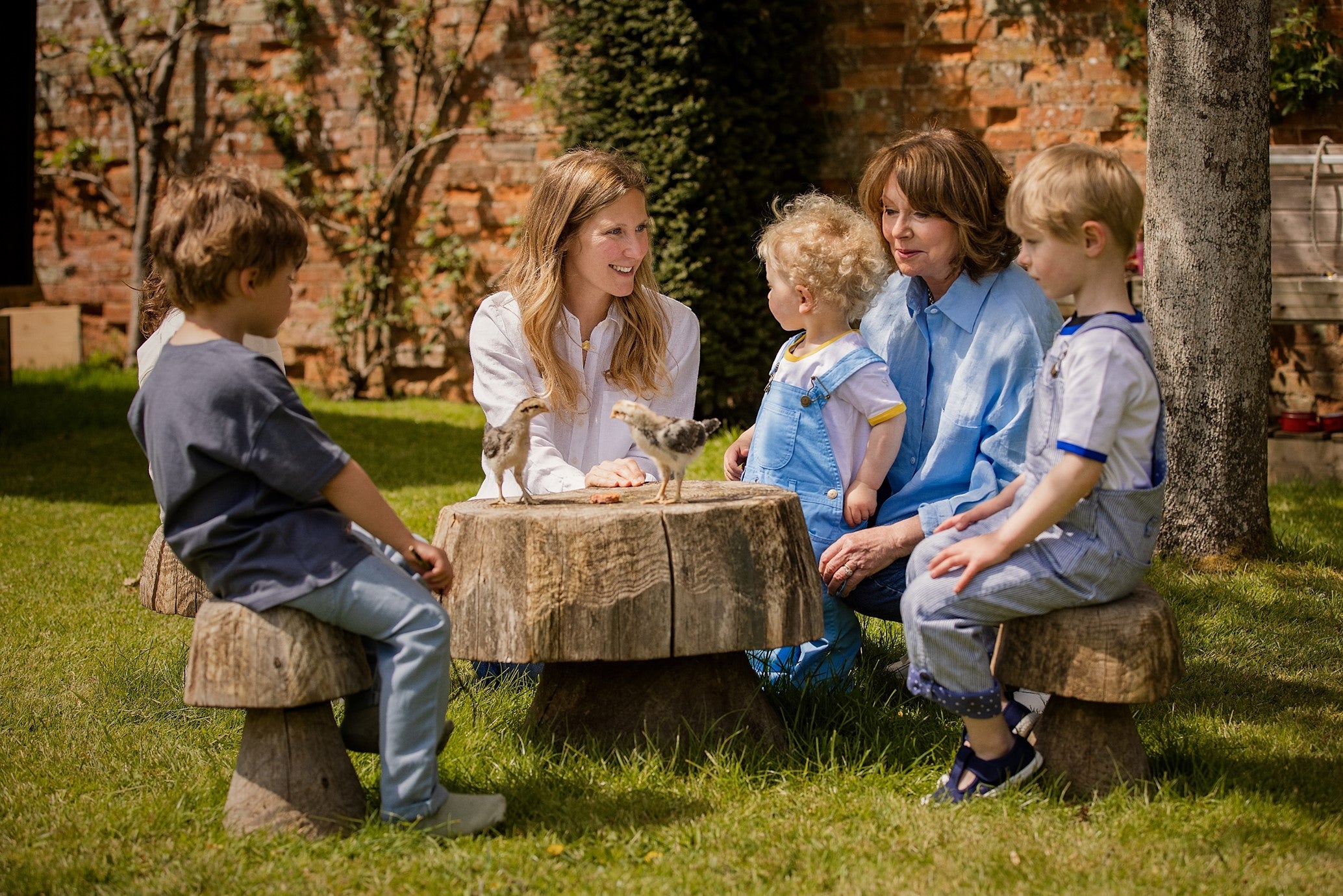Keeping your baba's gut healthy on antibiotics

When antibiotics were first introduced back in the 1940s it meant that previously incurable bacterial infections were now curable, and the treatment of infections was revolutionised. Today, most children get prescribed at least one course of antibiotics during their early years.
Usually, a short course knocks bacterial infections on the head fast, and kids pick up nice and quickly when they are taking them. Antibiotics are convenient, and this also means that normal life resumes quite fast when kids take them.
Antibiotics are used to target bacterial infections within or on the body. Some antibiotics are highly specialised and are only effective against certain bacteria whilst others can attack a wide range of bacteria, including the friendly bacteria that are essential to keeping us and our gut happy!
While childrens’ bodies are remarkably effective at restoring beneficial bacteria, this disruption of our friendly bacteria can result in unwanted pathogens having the room to grow and alter our gut function, leading to several unpleasant side effects such as vomiting, nausea, diarrhoea, bloating and indigestion, abdominal pain and loss of appetite.
Benefits of probiotics with antibiotics
Research shows that some probiotics can help prevent antibiotic-related side effects in children and, for this reason, they are often recommended for children whenever they’re on antibiotics.
Commonly used friendly bacteria (Lactobacillus acidophilus and Bifidobacterium bifidum), have been shown to increase the numbers of beneficial bacteria after treatment with antibiotics.
After the course has finished
In the two weeks after the antibiotic treatment has ended, you are susceptible to several infections of pathogenic bacteria including Enterococcus and Staphylococci. Therefore, friendly bacteria should continue to be supplemented at least two weeks after the antibiotic course has finished to prevent any further infections and restore the gut microbiota to its former state.
Taking a high strength dose of friendly bacteria during antibiotic treatment will encourage the colonisation of friendly bacteria in the gut whilst a lower dose after treatment will help maintain the growth of the beneficial bacteria, reduce infection by pathogenic bacteria and prevent any permeant changes.
TIP:
The friendly bacteria should be taken 2-6 hours after the antibiotic has been consumed to allow the friendly bacteria to attach to the gut wall and colonise.



